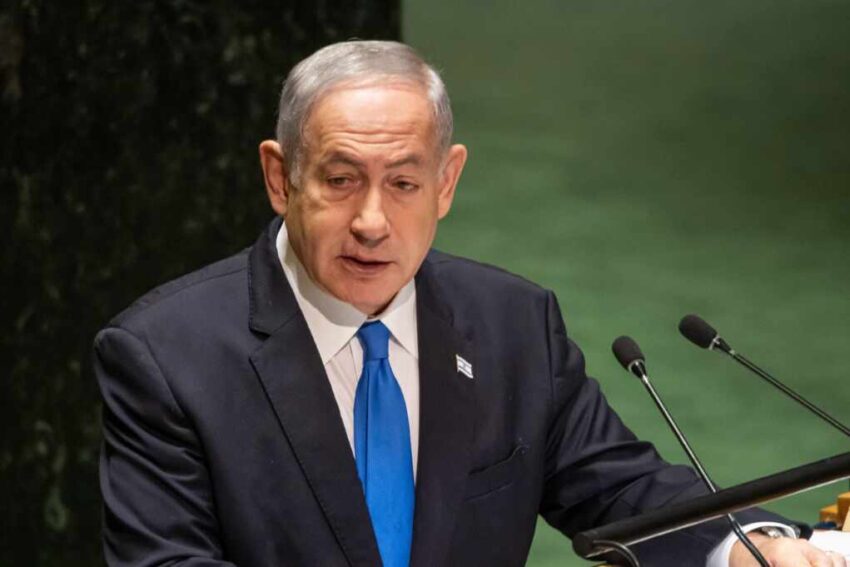Israel’s massive strike on Iran’s nuclear network was the result of years of covert preparation, calculated escalation, and strategic deception.
At a Glance
- Israel launched a coordinated airstrike on over 100 Iranian targets tied to its nuclear and military programs.
- The operation followed more than a decade of sabotage, assassinations, and cyberattacks.
- Iran responded with drone strikes and vowed open retaliation, escalating regional tensions.
- The IAEA confirmed major damage to enrichment sites and convened an emergency meeting.
- Oil markets surged as global powers scrambled to contain fallout.
Decade of Shadows
This wasn’t a sudden move—it was the climax of a long-brewing campaign. Israeli intelligence and military units have spent over a decade undermining Iran’s nuclear ambitions. From the Stuxnet worm that crippled centrifuges in 2010, to the assassination of Mohsen Fakhrizadeh in 2020, Israel has executed a systematic shadow war. With the 2015 nuclear deal dead and uranium enrichment accelerating, Israeli leadership reportedly believed time had run out.
Netanyahu’s administration, facing internal pressure and intelligence warnings, reactivated contingency plans under the codename “Rising Lion.” The goal: disrupt Iran’s breakout capability before weaponization became inevitable.
The Strike Unleashed
On June 13, Israel struck over 100 sites across Iran, including nuclear facilities at Natanz and Isfahan and homes of IRGC elites. Reports from Iranian media cite over 78 dead and hundreds injured. The operation featured coordinated air and cyber elements, mirroring tactics rehearsed in drills with allied states.
Iran’s response came swiftly: drones targeted Israeli assets and state media declared a “new phase” of confrontation. The IAEA confirmed site damage and called an emergency board meeting to assess nonproliferation impacts. Oil prices spiked by more than 7%, signaling immediate global ramifications.
Watch a report: Inside the Israel‑Iran Strike.
Echoes of a Long Game
This strike is not a flashpoint—it is the culmination of strategy crafted over years. Former Mossad chief Yossi Cohen hinted in 2021 at “invisible hands” delaying Iran’s nuclear clock.
That strategy has now gone visible.
Reactions are pouring in. UN leaders and NATO allies urged calm, while Oman condemned the operation as destabilizing. Washington distanced itself, with Secretary Rubio stressing that the U.S. had “no foreknowledge.” Yet Trump’s prior warnings to Iran now appear eerily prescient.
Meanwhile, proxies stir. Houthi forces in Yemen fired on Ben‑Gurion Airport. Hezbollah and Hamas remain on alert. Israel may have bought time—but it may also have triggered a regional reckoning.
Click this link for the original source of this article.
Author: Editor
This content is courtesy of, and owned and copyrighted by, https://thecongressionalinsider.com and its author. This content is made available by use of the public RSS feed offered by the host site and is used for educational purposes only. If you are the author or represent the host site and would like this content removed now and in the future, please contact USSANews.com using the email address in the Contact page found in the website menu.








